Liturgy with Children
NLC ARTICLES

The Directory for Masses with Children, a document flowing from the Second Vatican Council, outlines principles for celebrating with children both in the Sunday assembly and at other times. It needs to be well read and utilised by all those engaged in the formation of children.
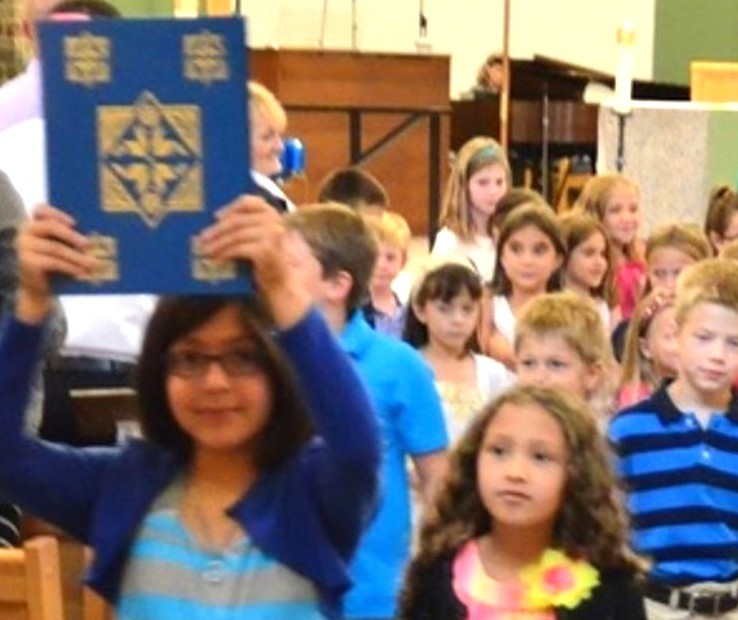
There are two key principles for the celebration of Children’s Liturgy of the Word. Firstly, it is liturgy, not babysitting or religious instruction. Secondly, it is focused on the Word, that is, the scriptures for the given Sunday. The purpose is to lead children into an experience of liturgical prayer and to a deeper encounter with Jesus Christ, alive and present in the scriptures.
official documents
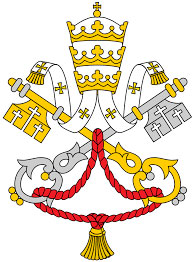
Holy See
This Directory provides guidance for Masses celebrated wherein the majority of participants are children. Principles as well as suggestions for best practice are articulated.
DIOCESAN RESOURCES
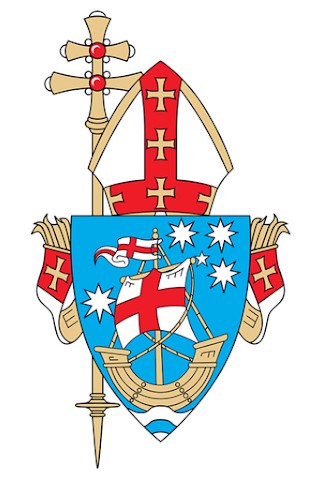
Adelaide
This downloadable resource provide guidelines for celebration the Liturgy of the Word with children at the regular Sunday Mass. It outlines the principles that underpin these celebrations and the ministries involved. It describes the preparation process and other aspects of the celebration (PDF, 251 KB, 6 pages)
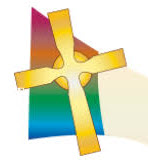
Ballarat
This downloadable document is the Diocesan policy for the initiation of children of catechetical age who have not been baptised. It outlines the preparation process, as described by the Adult rites of Initiation (RCIA) which includes various periods of formation. A discussion of the various rites and the involvement of parents is included. (PDF 137, 8 pages)
This downloadable document is the Diocesan policy statement for the initiation of children of catechetical age who have been baptised. It describes the process as family based, coordinated by the parish and supported by the Catholic School. It discusses the readiness of children to complete their initiation, some necessary conditions and the preparation involved. (PDF, 432 KB, 12 pages)
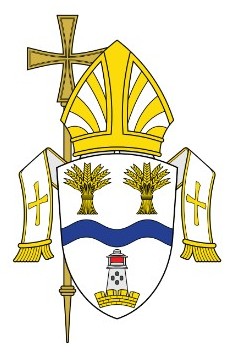
Maitland Newcastle
This downloadable PDF explains the significance of baptism and the liturgical options when celebrating with children. It describes the relationship of baptism with other Christian traditions, providing a comprehensive list. It outlines the importance of preparation and the various roles of those involved. PDF: 666KB, 32pages
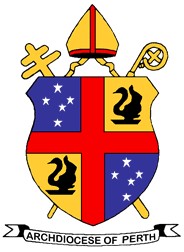
Perth
This downloadable pdf is a resource for parishes and schools which outlines the foundational books and documents which assist in the preparation of rites for Children's Liturgy of the Word. It outlines the steps involved, how to celebrate the rite and describes the relationship to the adult celebration of the Mass. (PDF 718KB, 40 pages)
This downloadable document describes some key resources which may be used to assist in the preparation and celebration of Children's Liturgy of the Word. It includes online and print resources. (PDF, 398KB, 3 pages).
This downloadable PDF resource provides an overview of Children's Liturgy of the word, highlighting its significance and includes some references to assist in the preparation of the Gospel reflection.
This downloadable PDF is a resource for all those who are responsible for preparing young people to participate with mind, heart and voice in the Sacred Liturgy of the Mass. It explains the role of music in the liturgy, the seasons of the Church's Year and describes the structure of the Mass and the elements that are sung. It examines each element in detail and offers suggestions as well as outlining the judgements involved. The role of the assembly and music ministers are explored and some suggested resources are offered. It describes the differences between catechetical music and liturgical music. (PDF: 1,125 KB, 36 pages)
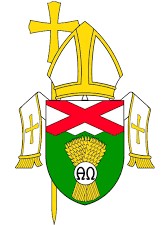
Toowoomba
This downloadable document describes the guiding principles in celebration the sacraments of initiation with children, specifically Confirmation and Eucharist. It describes the preparation and celebrations as belonging to the whole community and the need to discern children's readiness for the sacraments and encourage the involvement of families and sponsors. The order of the rites and their timings are included. (PDF, 391KB, 1 page)
OTHER RESOURCES
Journal Articles
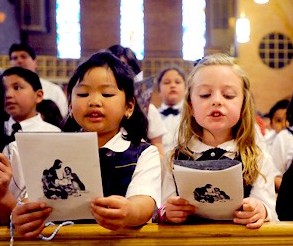
Drawing on the key Vatican II principle of full, conscious, active and participation, the Directory for Masses with Children (DMC) states that children’s faith grows and blossoms through liturgical experience appropriate to their developmental level. The principles, themes and structure of the DMC document are outlined in this article.
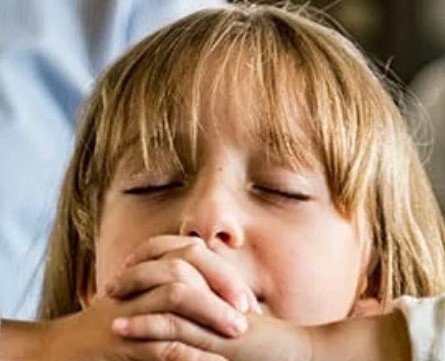
This article offers a case study of praying morning prayer with primary school, led by a lay leader. After a couple of years a notable growth of ‘liturgical literacy’ was observed in children, staff and parents who participated in this prayer, ensuring a strong and lively liturgical life in the school.
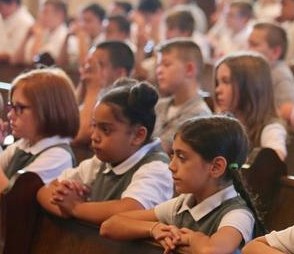
Preliminary steps to consider when planning liturgy with children, scripture readings, liturgical space and environment, prayers of intercession, symbol and ritual, preparing children to celebrate, assigning roles and ministries, liturgical music, and final considerations.
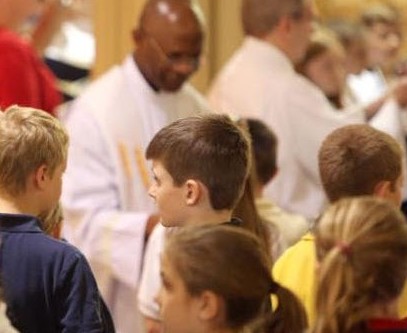
Active and meaningful participation in liturgy greatly helps to reveal meaning and express dispositions; however, the music and gestures must be appropriate to the age of the children, dignified and relevant, fully integrated into the ritual, and must not take away from the worship and viewed as a performance.

After Vatican II, one of the key revised principles of the evening prayer was that people should particiape fruitfully in prayer, especially during the chief hours. A simpler model is now advised to be implemented for familites at home to find space and quiet to pray together to link themselves into the tradition of the church, and to offer praise and thanks to God.
Bulletin Articles

With a focus on liturgy with children, this article identifies which parts of the Mass should be sung and which particular songs could be sung in those parts. It also considers some foundational liturgical principles and the purpose and place of music in the liturgy.

Ensuring that families and children are welcomed, acknowledged and provided for, requires intentional planning, preparation and commitment. This article offers a rich array of practical and meaningful suggestions for engaging families and children in the celebration of the liturgy.

